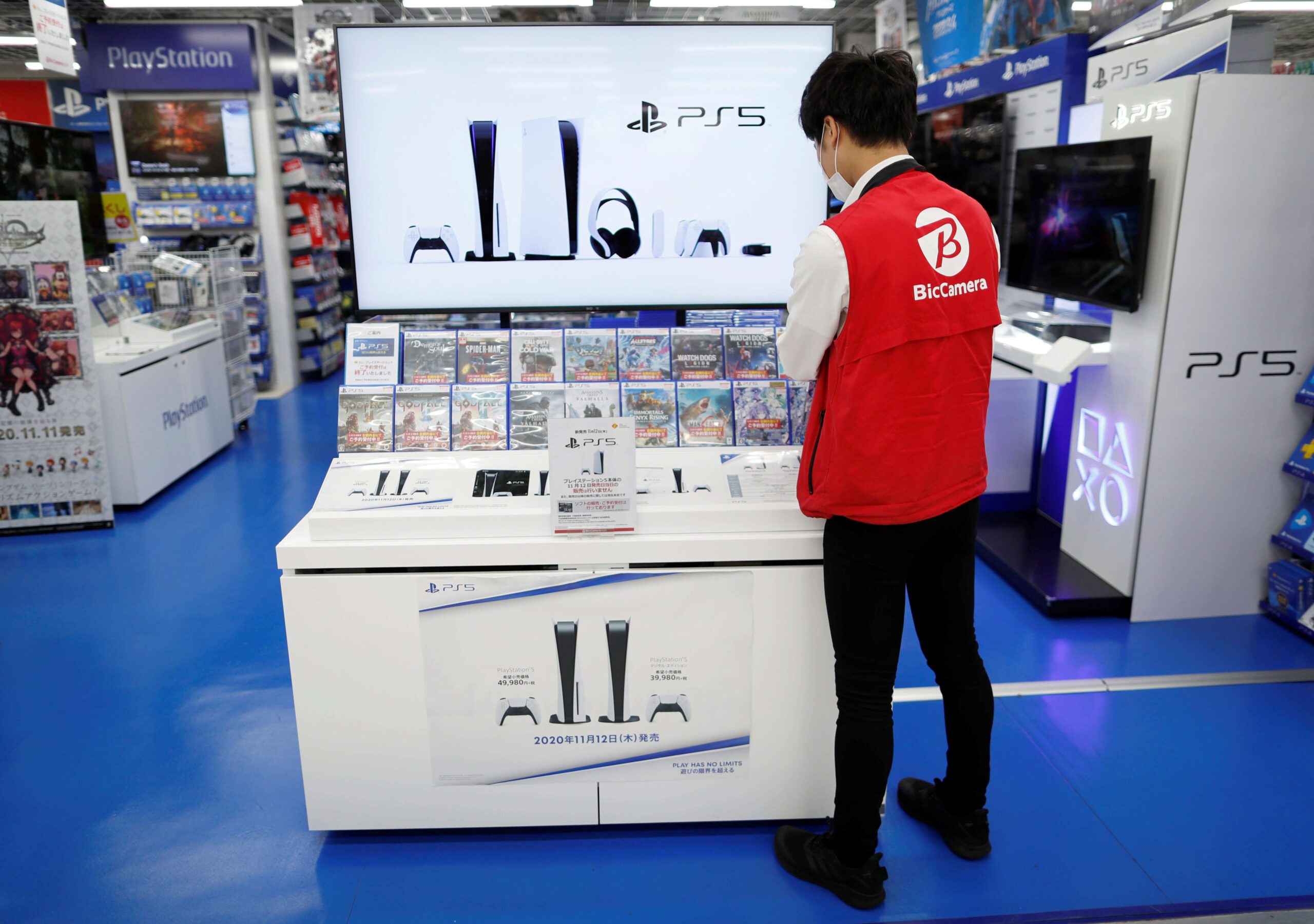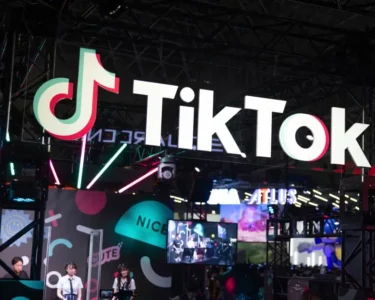In a recent development that has garnered attention from investors and industry observers, Japanese multinational conglomerate Sony (ticker: 6758.T) experienced a notable decline of 6% in its share price during trading on August 10th. This significant drop in stock value can be attributed to the release of the company’s first-quarter financial results, which showcased a substantial tumble in profits. Particularly lackluster performances from its movie and financial divisions played a pivotal role in driving down the company’s operating profit by an alarming 31%. Sony executives’ comments on the demand for its games and image sensors units have also given rise to concerns among stakeholders.
One major factor contributing to these disappointing results is the aftermath of the COVID-19 pandemic, which disrupted global supply chains and had a particularly adverse impact on the availability of Sony’s highly anticipated PlayStation 5 (PS5) console. Launched towards the end of 2020, the PS5 faced severe supply chain complications that hampered its distribution. Despite some relief from these challenges, Sony admitted that its sales in the April-June quarter fell below expectations. Notably, the company had set its sights on achieving sales of 25 million units for the entire year. In contrast, Nintendo’s long-standing Switch console (ticker: 7974.T) managed to outperform the PS5 during the same period, selling 3.9 million units, with the popularity of the latest “Zelda” title acting as a significant driving force behind this success.
To address the situation and rejuvenate sales momentum, Sony introduced promotional measures in July, which it believes will boost interest and uptake of the PS5. However, some experts in the industry have raised concerns about the efficacy of these strategies. Serkan Toto, the founder of Kantan Games consultancy, noted the commencement of PS5 discounts in Western markets as a potential red flag for the company’s overall performance. Additionally, Toto highlighted the importance of Sony expediting the release of highly anticipated blockbuster first-party games to enhance the console’s appeal.
In an attempt to navigate the challenges posed by the current market landscape, Sony is gearing up for the release of “Marvel’s Spider-Man 2” in October, strategically timed ahead of the crucial year-end shopping season. Building on the success of its predecessor, which achieved sales exceeding 13 million units, the company aims to leverage this release to drive greater interest in the PS5.
Beyond its gaming division, Sony is also a prominent player in the realm of image sensor technology, commonly used in cameras and other devices. The company revised down its expectations for a gradual recovery in the smartphone market, citing weak demand in major markets. Anticipating that a substantial recovery may not materialize until at least 2024, Sony has adjusted its annual operating profit forecast for its image sensor unit by a notable 10%. The company attributes this revision to the impact of reduced sales, driven by adjustments to procurement strategies by smartphone manufacturers.
In the second quarter, Sony’s sensors division is predicted to face challenges stemming from these market dynamics. Jefferies analyst Atul Goyal underscored the potential difficulty of the current financial year for this division. However, Goyal also expressed optimism for higher margins in the subsequent year, suggesting that the division might rebound after the initial turbulence.
Sony finds itself navigating a complex business landscape with a range of challenges impacting its various divisions. While the PS5’s supply chain woes continue to affect its performance, the upcoming release of anticipated titles and promotional efforts may offer a glimmer of hope. In parallel, the company’s image sensor business faces uncertainties tied to the smartphone market, prompting adjustments to profit forecasts. As Sony works to overcome these obstacles, stakeholders and industry observers will be closely monitoring the company’s strategies and performance trajectory in the months ahead.





